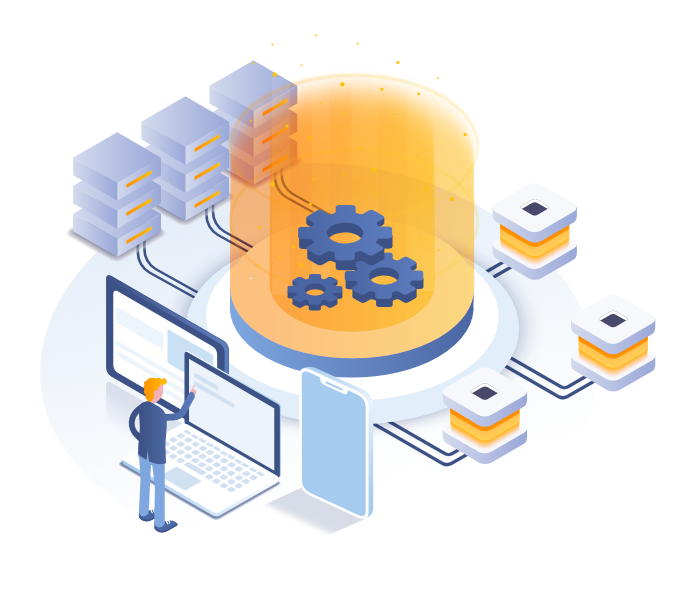The creation of reports with a large volume of data and that are easy to understand for users becomes a great challenge for information managers; a simple and structured design is needed to meet the objective of transforming data into knowledge.
In the search for a reporting tool, one of the main points to value is ease of use, which the tool allows, without technical knowledge, to transform aggregated data into meaningful documents.
Reports are living documents, and although they may not change with a very short periodicity, it is necessary to have the possibility of adapting them when data changes. Business experts may not have the knowledge to access the data, so if the chosen tool allows them to adapt the logic and not depend on IT personnel to make the adaptation and make the change in the program, it gives them independence to make their modifications.
The most sensitive point in the reports is usually the collection of data. In some cases a database query may be possible, but in other cases it may be preferable to prepare the raw information as an XML or text file. Having the flexibility to choose the type of data access allows you to adapt to the needs of the program users.
The information, already structured, to be displayed may vary depending on the data obtained. The ideal solution would be a single template with the report layout, where the necessary logic can be created, and showing parts of the report that depend on some condition. These conditions can be static data, but can also depend on a person’s decision making.
Reports can be created in bulk, requesting a volume of PDF files ready to be distributed through the chosen channels, but sometimes they require a user’s decision making. For the latter case, the solution should allow the creation of the flow of questions to be asked, by means of a wizard that will focus on the points where the decision is to be made, simplifying the user’s work, overlooking unnecessary data, and minimizing the possible human error of forgetting to fill in some data.
The format of the reports has been linked to the creation of a PDF, choosing this format for the standard that allows the decoupling of proprietary platforms, although recently the trend in the customer areas has been migrating this format to a WEB version. For this it will be necessary that the technology chosen to create the reports provides us with different output formats where the user will be the one to request one or the other depending on his preference or the preference of the target recipients.







